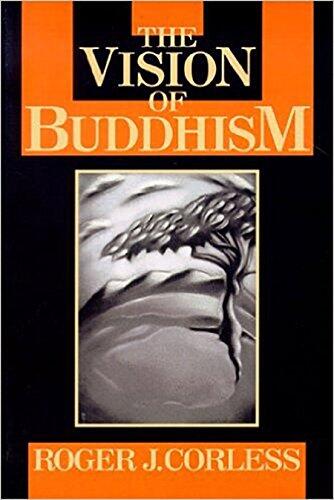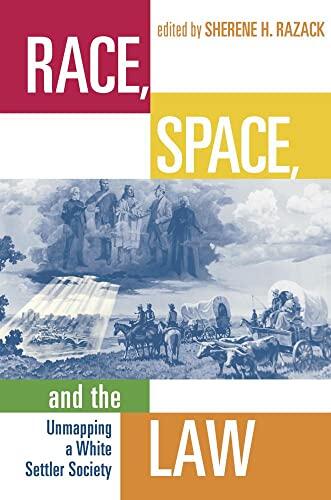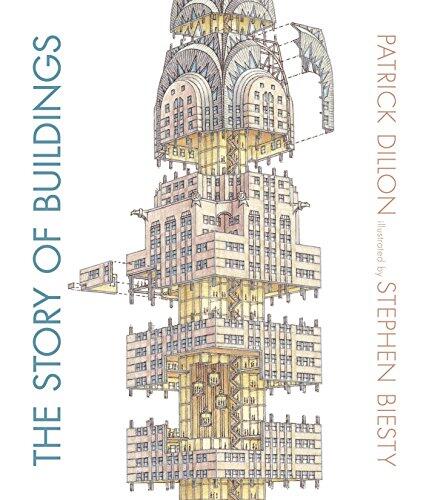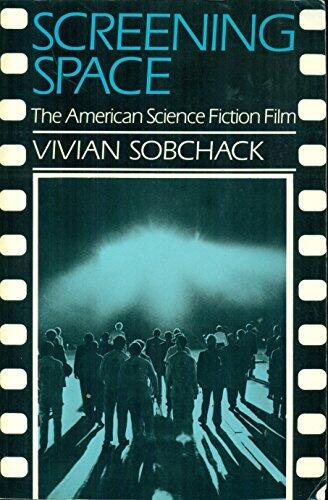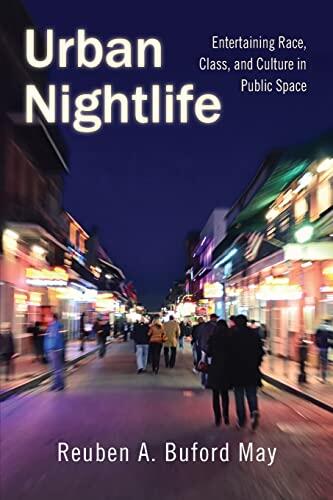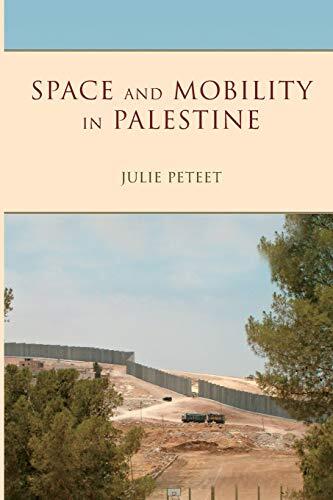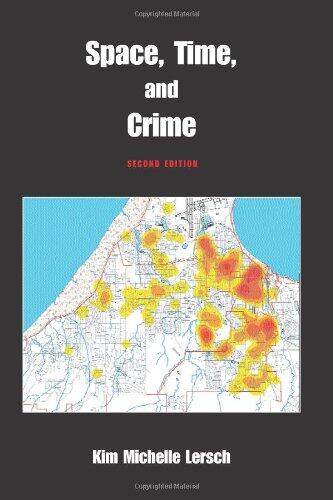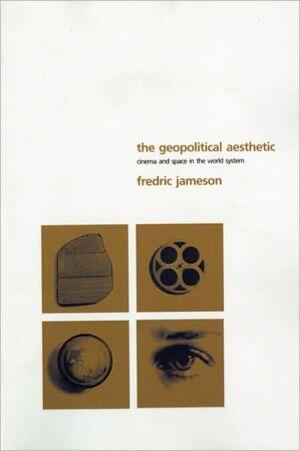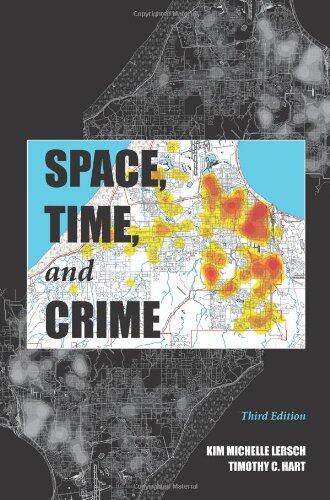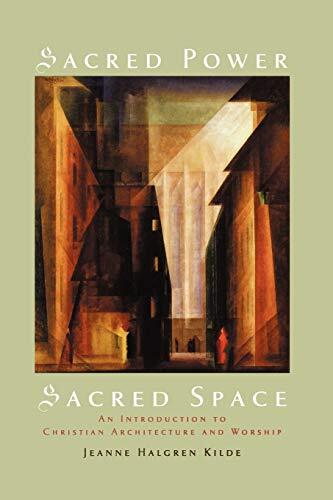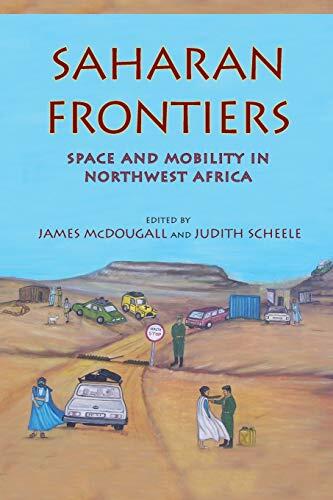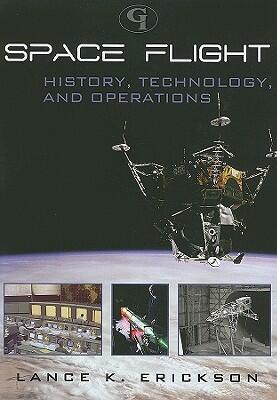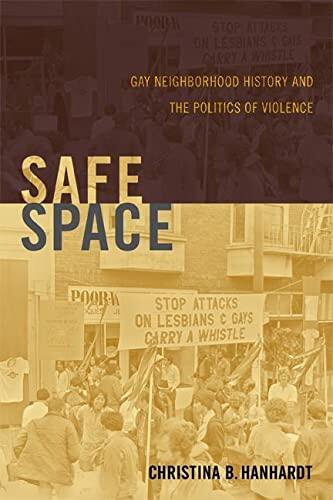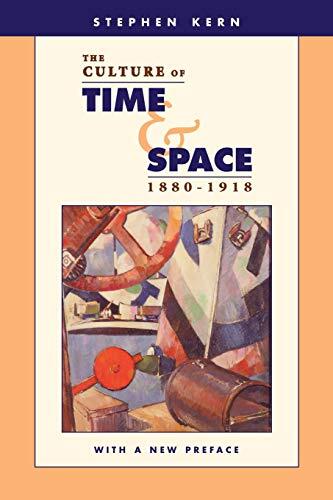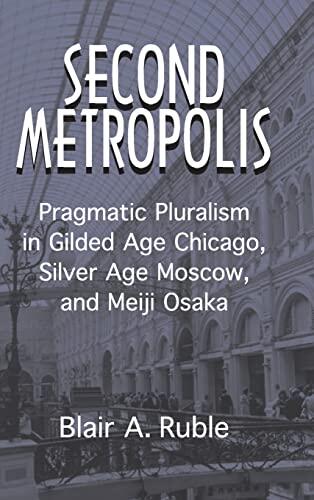
Second Metropolis: Pragmatic Pluralism in Gilded Age Chicago, Silver Age Moscow, and Meiji Osaka
بواسطة
Blair A. Ruble
لا توجد تقييمات بعد
History
تنسيق
غلاف صلب
صفحات
484
لغة
السويدية
منشور
May 28, 2001
الناشر
Cambridge University Press
الطبعة
1
رقم ISBN-10
0521801796
رقم ISBN-13
9780521801799
الوصف
In an enlightening exploration of urban evolution, the author delves into the dynamic interplay between cities that emerged as significant cultural and economic hubs outside of their nations' primacy. Focusing on Chicago, Moscow, and Osaka during pivotal periods of societal change, the narrative reveals how each city developed its unique identity while simultaneously engaging with global trends.
Through a lens of pragmatic pluralism, the author illustrates how these second cities navigated challenges and opportunities differently, fostering rich environments that contributed to their respective nation's narratives. Chicago, with its booming industry, became a melting pot of cultures and ideas, while Moscow grappled with its historical legacy amidst modernization. Meanwhile, Osaka transformed into a center of innovation and commerce during Japan's rapid industrialization.
The comparative approach underscores the importance of local context in shaping urban experiences. By linking these cities' histories, the work highlights the recurring themes of adaptation and resilience in the face of turmoil and change.
Overall, this examination serves as a valuable reminder of the complexities inherent in urban development and the diverse paths cities take toward significance on a global stage.
Through a lens of pragmatic pluralism, the author illustrates how these second cities navigated challenges and opportunities differently, fostering rich environments that contributed to their respective nation's narratives. Chicago, with its booming industry, became a melting pot of cultures and ideas, while Moscow grappled with its historical legacy amidst modernization. Meanwhile, Osaka transformed into a center of innovation and commerce during Japan's rapid industrialization.
The comparative approach underscores the importance of local context in shaping urban experiences. By linking these cities' histories, the work highlights the recurring themes of adaptation and resilience in the face of turmoil and change.
Overall, this examination serves as a valuable reminder of the complexities inherent in urban development and the diverse paths cities take toward significance on a global stage.


